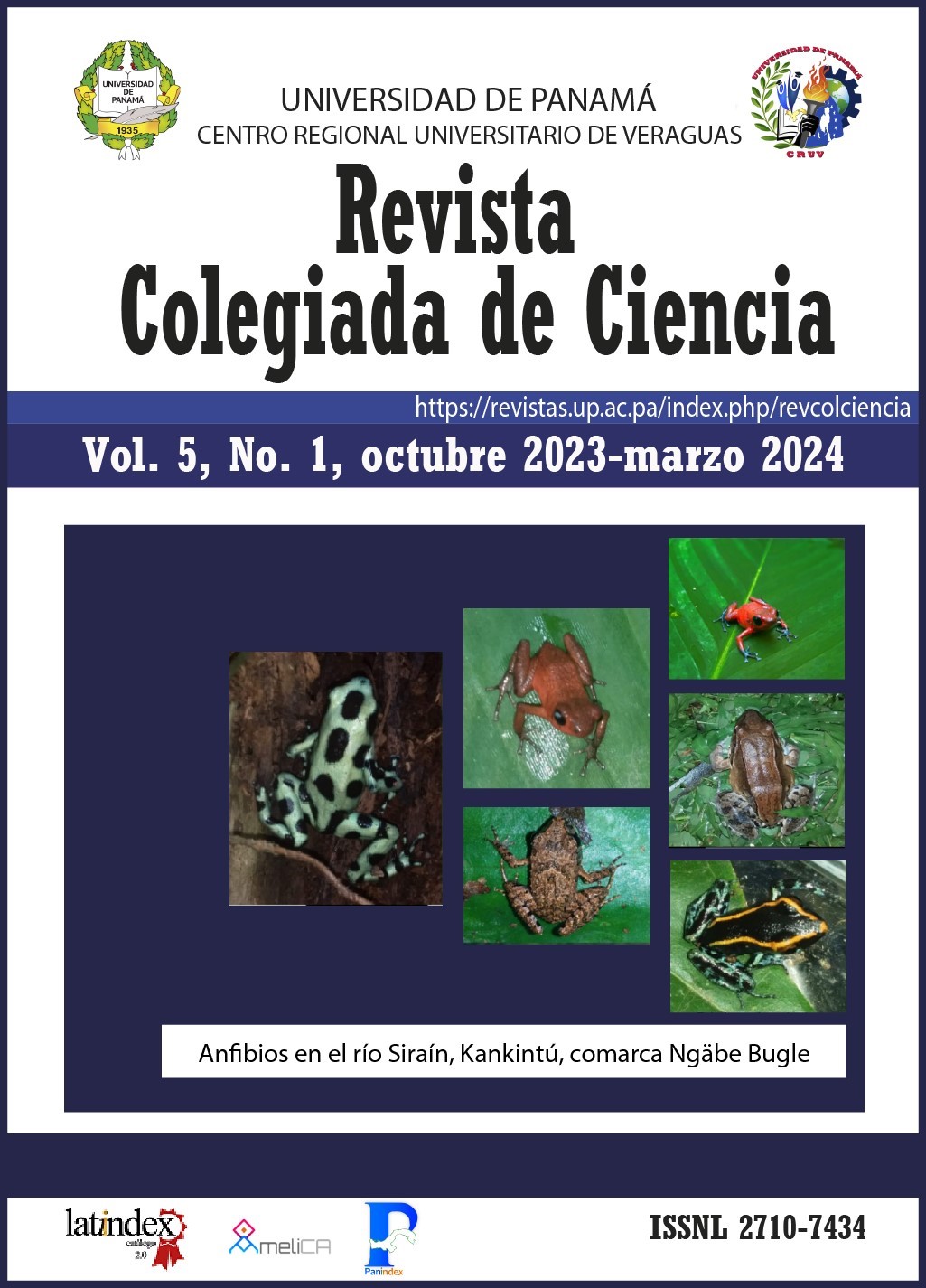

Se estudió un caso de mortandad de tortugas marinas en el sur de Mariato, Veraguas entre los meses de septiembre y noviembre de 2022. Se evaluaron las causas más probables del evento y la percepción de los moradores de las zonas afectadas. Para ello, se aplicó una encuesta en las villas pesqueras de Mata Oscura y Puerto El Nance. También, se entrevistó a expertos en el tema de agroquímicos en cultivos de arroz y se visitó negocios que se dedican a la venta de estos productos. La información sobre principios activos, persistencia y toxicidad se obtuvo de la base de datos Manual de Plaguicidas de Centroamérica, Universidad Nacional de Costa Rica. También, se contactó a pobladores, pescadores, buzos, turistas, surfistas y demás usuarios de las playas del Pacífico de Costa Rica a través del Observatorio de Reportes de Mareas Rojas de Costa Rica y se hizo una revisión de la literatura pertinente sobre floraciones de algas nocivas en el Pacífico Oriental Tropical. Aunque los plaguicidas representan un problema para la fauna acuática, sus efectos tienden a ser crónicos ya que al diluirse en el agua se reduce su toxicidad. En consecuencia, existen muy pocos registros que vinculan las muertes masivas de fauna acuática con la intoxicación aguda por plaguicidas. Tampoco, se puede hablar de derrames porque los agroquímicos se aplican como aerosoles o espolvoreos en etapas muy puntuales del ciclo de cultivo, pero, aunque así fuera, las tortugas podrían evitar los químicos debido a su elevada movilidad. Por otra parte, las microalgas productoras de neurotoxinas son una causa importante de muerte masiva de organismos marinos incluyendo tortugas. Estas toxinas se concentran en organismos filtradores y se transmiten al resto de los niveles tróficos por procesos de biomagnificación. Sin embargo, el golfo de Chiriquí no es un área endémica para mareas rojas y aunque de vez en cuando ocurren floraciones de algas, estas no suelen ser tóxicas. No ocurre así para el pacífico centroamericano, donde las mareas rojas tóxicas de Pyrodinium bahamense, son frecuentes. Este organismo ha sido vinculado a la muerte masiva de una variedad de organismos marinos incluyendo peces, tortugas, aves y grandes mamíferos como delfines y ballenas jorobadas. Para el tiempo en que arribaron tortugas muertas al sur de Veraguas, Costa Rica experimentaba una de las mayores oleadas de mareas rojas de la cual se tiene conocimiento la cual afectó las áreas de anidación y forrajeo de tortugas marinas en el Pacífico de Centroamérica. Es muy probable que este sea el origen de la mortandad de tortugas que se observó en Panamá. Algunas de ellas pudieron ser llevadas hacia el norte por la corriente de Costa Rica lo que explicaría su presencia en diferentes playas del Pacifico de Nicaragua mientras que otras pudieron llegar a Panamá con la contracorriente ecuatorial, que para esas fechas se mueve hacia las costas de Centroamérica y alimenta el giro anticiclónico que domina la circulación en el golfo de Chiriquí. Aunque no hay datos que demuestren la presencia de toxinas paralizantes en la carne de las tortugas, no sería la primera vez que una floración de algas tóxicas se vincula a una mortandad de tortugas marinas en el Pacífico Oriental Tropical.